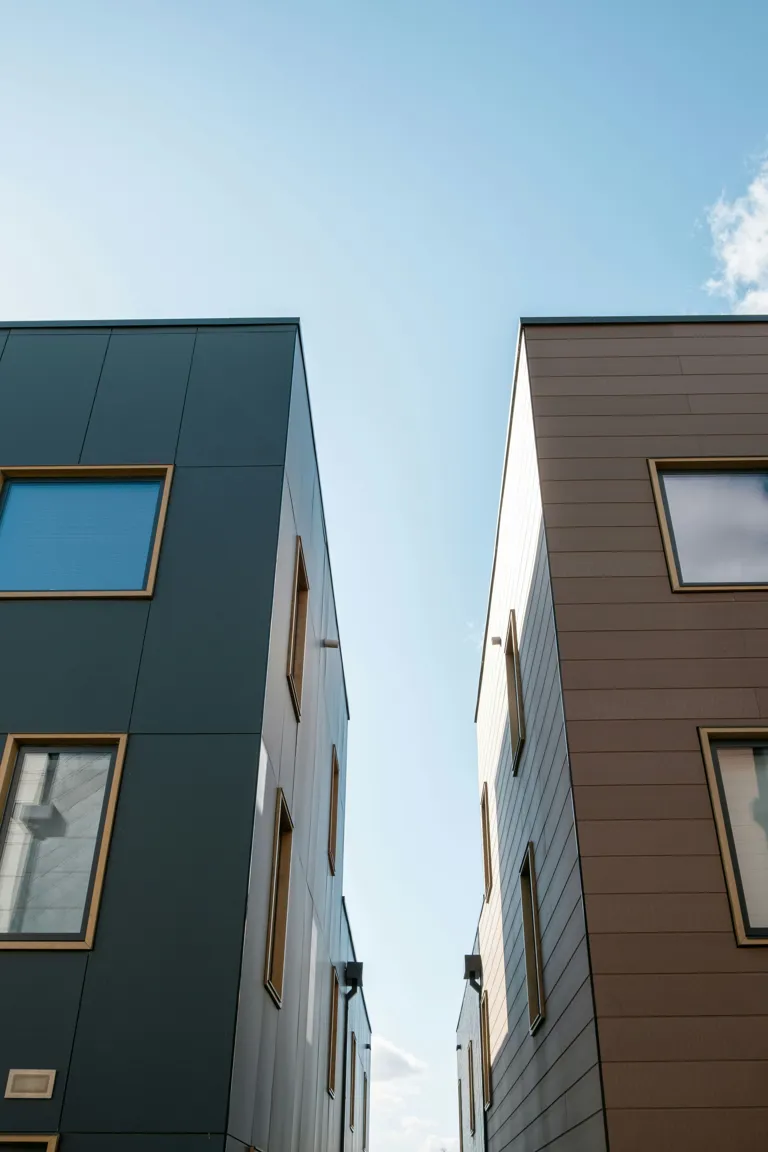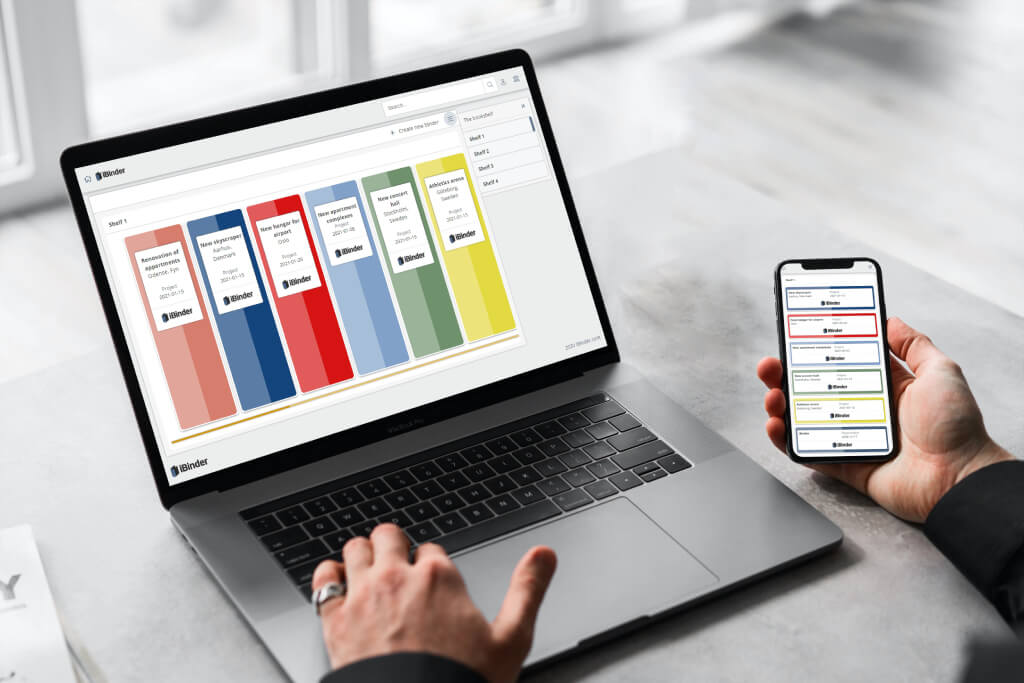Repurposing – designing and building for reuse
As sustainability, flexibility and profitability are now at the centre of the building industry, designing and constructing buildings that can be reused for different purposes is becoming increasingly important and popular.

By thinking innovatively and with a long-term perspective, buildings can be created that fulfil not only today’s needs but also those of the future. But which aspects should be taken into account when designing and constructing buildings for repurposing?
Flexible floor plans and accurate documentation
One of the key factors in designing buildings for reuse is the creation of flexible floor plans. By using open spaces and building in a modular way, buildings can be more easily adapted for different uses. For example, large classrooms in a school can be divided up to create small apartments or office spaces using movable partitions. This flexibility allows the building to be adapted to new needs by making minimal changes. Also, all materials, constructions and installations need to be carefully documented, preferably in a cloud-based information system. This makes future remodelling easier and facilitates the reuse of building materials.
Sustainable material choices and standardised building components
When choosing materials, it is important to take into account sustainability and recyclability. Materials such as wood and steel are excellent choices because they can be reused and help reduce environmental impact. Choosing materials with a long life cycle and high reuse potential creates buildings that are both robust and flexible. Standardised building components such as doors, windows, HVAC systems, electrical installations and IT networks facilitate future refurbishments. These make it easier to replace, remodel or move parts of the building without the need for extensive renovations. If installations for electricity, heating and ventilation, for example, are placed away from load-bearing structures, this enables replacement and maintenance without having to demolish load-bearing walls or floors.
Aesthetic and functional design
Buildings designed for reuse should have an aesthetic and functional design that attracts different types of users. By creating timeless and versatile architectural solutions, the building can maintain its attractiveness and value over time. This includes both exterior and interior designs that can be adapted to different uses without losing their aesthetic quality. Higher ceilings provide greater flexibility for future remodelling, as they allow the installation of new floors or mezzanines without having to demolish ceilings or walls.
Here are some modern building projects that have been designed with repurposing and adaptability in mind from the very beginning. These projects show how architects and builders are thinking with a long-term and sustainable perspective, to meet future needs and changes.
The Edge, Amsterdam, Netherlands
The Edge is one of the world’s most sustainable office buildings, and was designed for Deloitte. The building is equipped with a smart network of sensors that monitor and optimise the use of energy, water and other resources. The flexible layout and modular furniture allow office space to easily be adapted and converted to other uses, such as housing or shared workspaces, depending on future needs.
Väven, Umeå, Sweden
Väven is a cultural centre and library in Umeå, which is designed to be a dynamic and versatile public space. The building has flexible areas that can be used for various cultural and social activities. Modular walls and customisable furniture make it easy to transform the spaces to meet different needs, from libraries and art exhibitions to conferences and community events.
One Central Park, Sydney, Australia
An innovative residential and commercial complex, known for its green walls and sustainable design. The building is designed with flexible housing units that can be adapted to changing housing needs over time. Its commercial spaces are also designed to be convertible to other uses, which makes it possible to adapt the building to suit future commercial and society needs.
Designing and constructing buildings with repurposing in mind means thinking ahead and creating flexible, sustainable and aesthetically pleasing structures. By focusing on flexible floor plans, sustainable materials, standardised components, adaptable infrastructure and timeless design, buildings can be created that meet future needs and changes, while reducing environmental impact.

How iBinder works
iBinder is a cloud-based platform that helps the construction and real estate industry better manage information and documentation about their properties.
How iBinder works
The platform is easy to use and supports the entire construction life cycle – from planning to property management.
